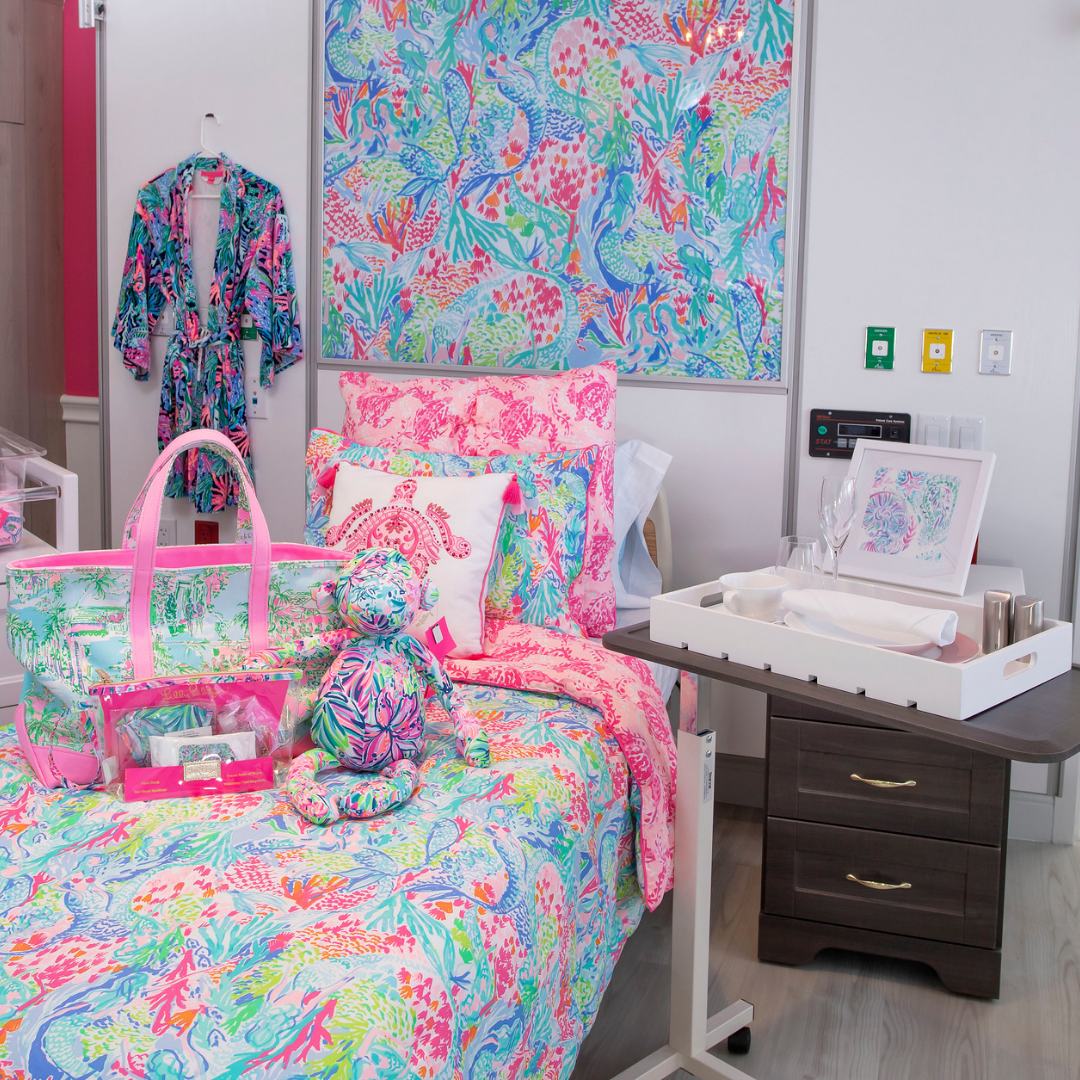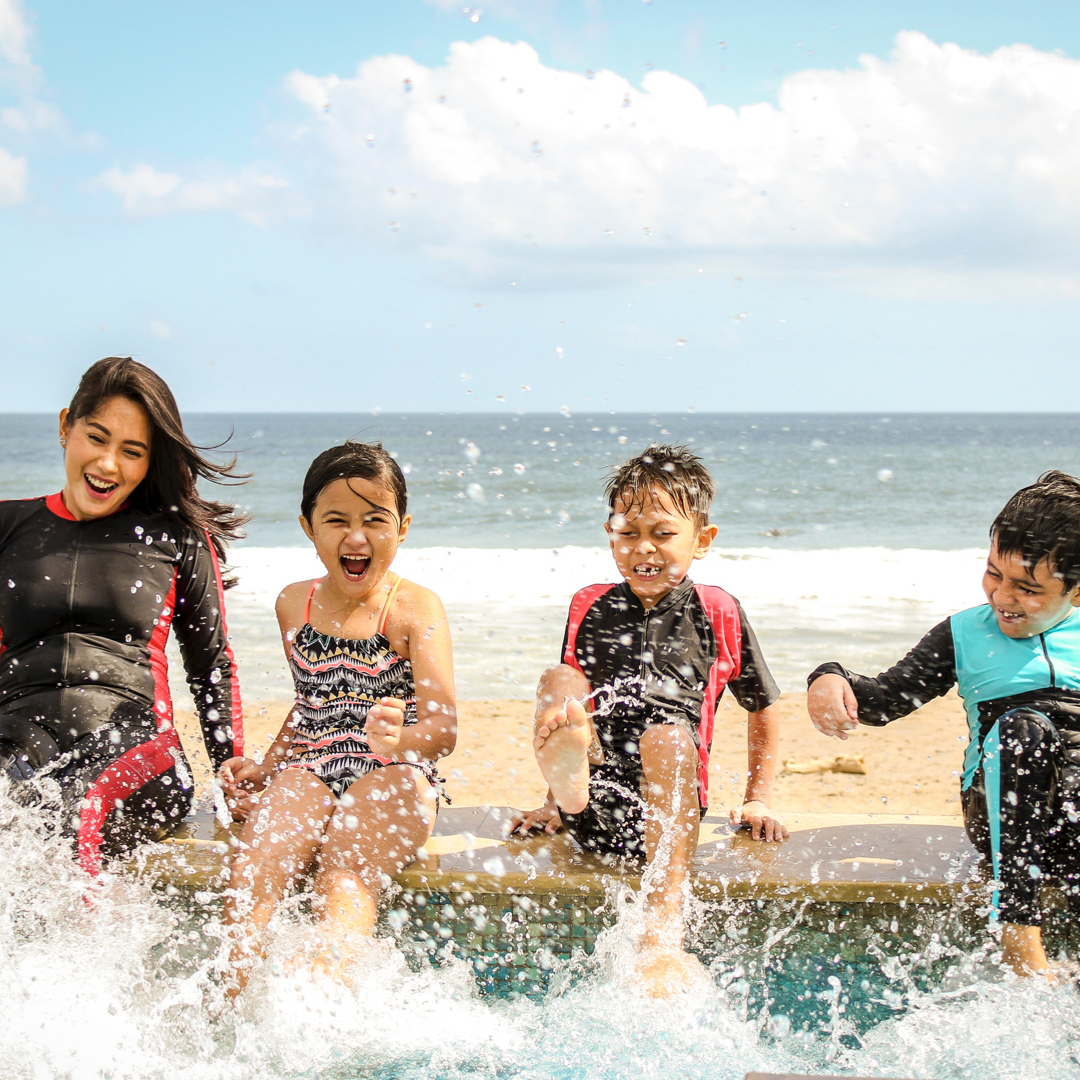Day Out Essentials for Your Child With Hearing Loss Problems


What to pack for a day out with your child with hearing loss? If you’re not sure, then this blog post is for you. There are many things to consider when going on a day out with your child, and it can be difficult if their hearing aids aren’t working correctly or they don’t have the suitable batteries.
Here are all the essentials you should bring to ensure that your child’s day goes smoothly.
Hearing Aids
Hearing aids are devices that amplify sound so the person with hearing loss can understand it better. There are different types of hearing aids that include:
- In-the-ear (ITE) hearing aids- are custom-fit to the shape of your ear and are worn inside the ear
- Behind-the-ear (BTE) hearing aids – these devices fit over the top or behind your ear and include a small tube that goes into your ear canal
Receiver in Canal (RIC) hearing aids are similar to BTEs, but the receiver is placed in the canal instead of on top or behind the ear.
With the rise of technology, you can now pair hearing aids to your smartphone and make adjustments to the volume or turn them off. This is very helpful to your child as they can be sure they are not too loud or quiet and save battery life.
Batteries
Batteries are a must on your day out with your child because most hearing aids require them for power.
Hearing aid batteries come in different sizes, so you’ll want to make sure yours fit before leaving on a trip. In addition, there are many types of batteries available, including zinc-air (nonreusable), zinc chloride (disposable), and silver oxide (rechargeable). Ensure you know what kind of battery your childs’ devices use before purchasing them, as some manufacturers may recommend particular brands over others due to quality control issues.
When getting your child batteries for their hearing aids, consider the following:
Bigger is not always better when it comes to hearing aid batteries. As a general rule, the larger the battery size, the longer its life expectancy; however, they may be more difficult for your child to handle and insert in their devices.
Zinc-air batteries are lightweight and last longer than zinc chloride or silver oxide options but must be replaced if used heavily because of evaporation from exposure to oxygen. Zinc chloride batteries have shorter lives but can remain unused for long without losing power. Silver oxide has about half as much voltage as standard alkaline cells.
As a result, it will drain quickly with heavy use but lasts up to three times longer than zinc-air batteries on average between replacement sessions for children who wear them often during the day.
Adhesives or Clips
Your child may need adhesive materials to help keep their hearing aids in place while active and moving around. There are several different types of adhesives available, including:
Earmolds – these fit inside the ear and hold the device firmly against your child’s face. They can be made from soft plastic material that fits snugly into their ears. So it doesn’t fall out quickly when they’re busy exploring new environments without worrying about damage, thanks to its sturdy grip on the skin above their ear canal opening.
Tubes – this type wraps around both sides of your kids’ hearing aid for extra security during activities such as swimming, biking, or playing sports. They can be made from a soft, stretchable material and will not block sound like some other products.
Cords – these are another option for keeping your child’s hearing aid in place while they’re active during their day out with you. These cords attach to the tubing of the device itself so that it doesn’t get caught on anything or pulled off when your little one is running around playing with friends.
Hard-shell Storage Kit
A hard-shell storage kit is a great way to protect your child’s hearing aids while they are not being worn. The kit should include a case of each assistance and any other accessories that come with the aids.
Fabric Softener Sheets
Adding fabric softener sheets to your child’s day-out essentials bag will help keep their hearing aids clean and free of dust and dirt. Softener sheets can also be used to reduce static noise in the ears.
Small Notebook
A small notebook is a handy item to have on hand when you’re out and about with your child. You can use it to make notes about what worked well during the day or any ideas you may have for future outings. Your child may also use it to note down what they would like to do next time.
Conclusion
As you can see, there are a few essential items that you should pack in your child’s day-out bag when traveling with hearing loss problems. By ensuring that you have everything you need, you can ensure that your child has a fun and enjoyable day out.





